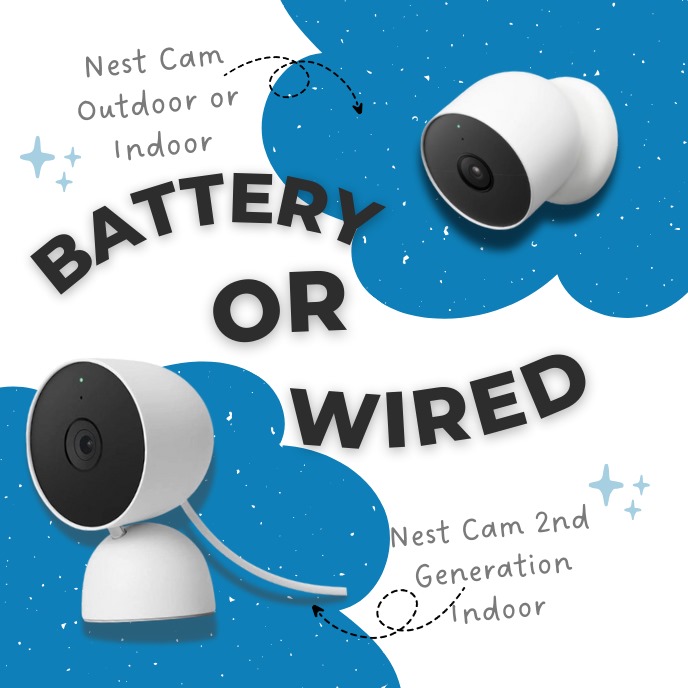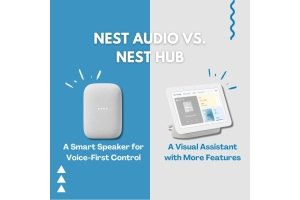Nest Cam Battery vs. Wired: Which Consumes Less Energy Over Time?

When it comes to choosing between the Google Nest Cam Indoor Wired 2nd Generation and the Google Nest Cam Indoor/Outdoor Battery, most people think about flexibility, convenience, and price. But another important factor often overlooked is energy consumption. Since smart cameras are designed to run around the clock, how they use power can affect both your electricity bill and your environmental footprint.
So, let’s dive into the question: Which one consumes less energy over time — the wired Nest Cam or the battery-powered Nest Cam?
How the Wired Nest Cam Uses Energy
The Google Nest Cam Indoor Wired (2nd Gen) plugs directly into a power outlet, making it a stable and predictable energy consumer. On average, the Nest Cam Wired uses about 3 to 4 watts of power during regular use. That translates to roughly 2.5 to 3 kWh per month, about the same as running a low-wattage LED bulb.
For most households in the UAE, this level of energy use is minimal. The Google Nest Cam Indoor Wired is built for efficiency and provides continuous monitoring without you needing to worry about recharging.
As one smart home expert puts it:
“A wired Nest Cam is like keeping a small light bulb on — always running, but with very little impact on your electricity bill.”
How the Battery-Powered Nest Cam Uses Energy
The Google Nest Cam Battery and Google Nest Indoor Outdoor Cam offer flexibility by not being tied to a power socket. Instead, they run on a rechargeable battery.
However, here’s the catch: every charge cycle requires electricity, usually from your home grid. And charging isn’t 100% efficient — some energy is lost as heat. This means that over time, the Nest Cam Battery tends to consume slightly more energy than its wired counterpart.
If your Google Nest Outdoor Battery Cam is placed in a high-traffic area where it records frequently, you’ll likely need to recharge it every few weeks, increasing overall power use.
Wired vs. Battery: Long-Term Energy Use
Here’s how they compare:
- Google Nest Cam Indoor Wired (2nd Generation) → More efficient, consistent, and uses less energy overall.
- Google Nest Cam Battery (Indoor/Outdoor) → Offers greater flexibility but consumes slightly more power over time due to repeated charging.
So, if your main priority is energy savings, the Google Nest Cam Indoor Wired is the smarter choice.
How to Make Either Option Greener
Whether you choose the Nest Camera Indoor Wired or the Google Nest Cam Indoor Outdoor (Battery), there are ways to reduce their environmental impact:
- Set activity zones – Limit recording to key areas (doors, windows) to reduce unnecessary triggers.
- Adjust video quality – Lower resolution can save both data and energy.
- Use solar charging – For the Google Nest Outdoor Battery Cam, solar panels are a greener power option.
- Schedule monitoring – Turn off or reduce monitoring when you’re home and don’t need constant recording.
Final Verdict
When comparing the Google Nest Cam 2nd Gen Indoor Wired to the Google Nest Cam Battery, the wired option wins on long-term energy efficiency. Its continuous, low-power draw makes it eco-friendly and cost-effective.
That said, the Google Nest Cam Battery still shines when you need flexible placement, outdoor monitoring, or a setup without access to a power outlet.
If you’re in the UAE and want a security camera that balances eco-friendliness, convenience, and reliability, both options from Google Nest Cameras Wired and Battery make excellent choices — but for pure efficiency, the wired version edges ahead.









